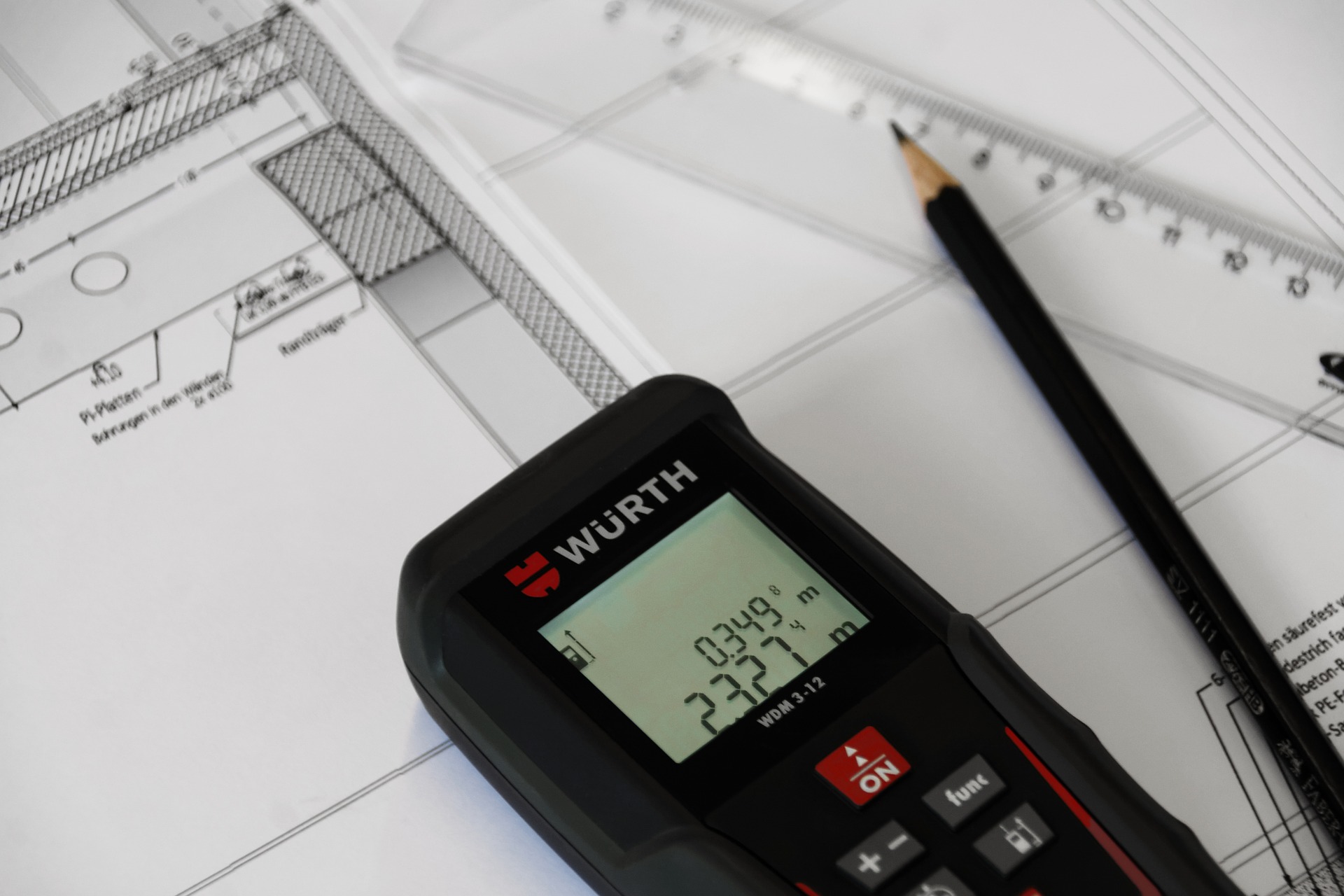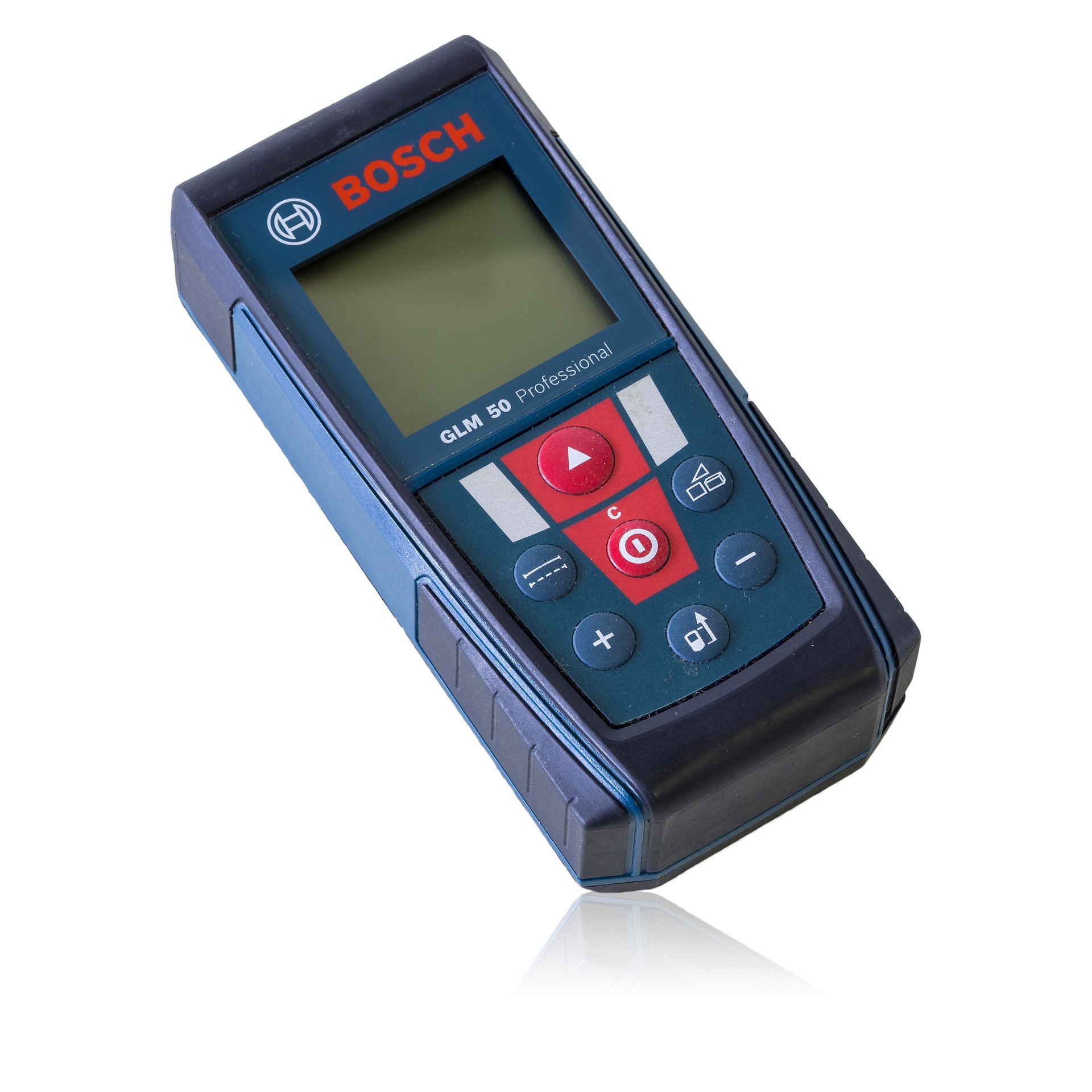Calculating Power
If you wish to find power dissipated in an electrical load, measure any two of the three basic electrical quantities- current, voltage, and resistance. For example, you will recall that power can be calculated by multiplying voltage by current: P = VI. Therefore, if you use a voltmeter to measure the voltage across a load, and a current meter to measure the current flowing through the load, insert these values into the power equation. Similarly, you can measure current through the load and the resistance of the load, and then calculate power with: P = 12 R. Or you can measure the voltage across the load and use the equation: p = y2; R.
However, it is often unnecessary to measure two quantities. Usually one, and sometimes two, are known. For example, usually the voltage across the load is known. Therefore, all that is necessary is to measure the current or resistance. Other times, both load current and resistance are known, and P = V2/ R can be used without measurements.

Wattmeters
Rather than perform one or two measurements and then calculate power, a power-measuring meter, called a wattmeter, can be connected into a circuit to measure power. The power dissipated can be read directly from the scale of the meter. Not only does a wattmeter simplify power measurements, but it also has two other advantages over the previous method of measuring power.
Often, voltage and current in an ac circuit are not in phase; current sometimes leads or lags voltage (power factor). When this occurs, multiplying current times voltage results in apparent power and not true power. Therefore, in an ac circuit, measuring voltage and current, and then multiplying one by the other can often result in an incorrect value of power dissipation. However, a wattmeter takes the power factor of a circuit into account and always indicates true power.
Voltmeters and current meters, themselves, consume power. The amount of the power consumed depends on the levels of the voltage and current in the circuit and cannot be predicted accurately. Therefore, accurate power measurements cannot be made with the voltage and current measurements. However, some wattmeters include compensation for their own power losses so only the power dissipated in the circuit is measured. If the wattmeter is not compensated, the power that is dissipated is sometimes marked on the meter, or else can easily be determined so an accurate reading can be obtained. Typically, the accuracy of a wattmeter is within 1 percent.

The Basic Wattmeter
The basic wattmeter consists of two stationary coils connected in series and one moving coil. The moving coil, wound with many turns of fine wire, has a high resistance. The stationary coils, wound with a few turns of a larger wire, have low resistance. For power measurements, the moving coil is connected across the load and the source voltage. The source voltage determines the current through the coil and the magnetic fields around it. The stationary coils are connected in series with the load and the load current builds up magnetic fields about the stationary coils.
The interaction of the two magnetic fields will cause the moving coil and its pointer to rotate in proportion to the voltage across the load and the current through the load. Therefore, the meter indicates V x I, which is the power dissipation.
When using a wattmeter, do not exceed its voltage and current ratings. Be careful in interpreting these ratings. For example, a wattmeter with a full-scale reading of 500 watts may be rated at 150 volts and 5 amperes (150 x 5 = 750 watts). If the wattmeter is connected into a circuit with 150 volts and 5 amperes, and the circuit has a power factor close to 1.0, then the meter pointer would move off the scale to the right and might bend on the retaining pin. Most wattmeters are rated in this manner because ac circuits usually have a power factor under 1.0 and, therefore, the power measured will be less than V x I.
Sources:
https://www.allaboutcircuits.com/textbook/direct-current/chpt-8/wattmeter-design/







